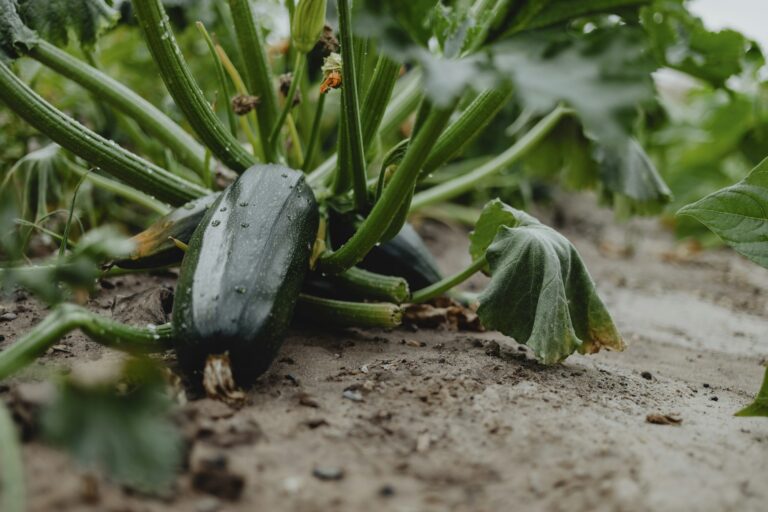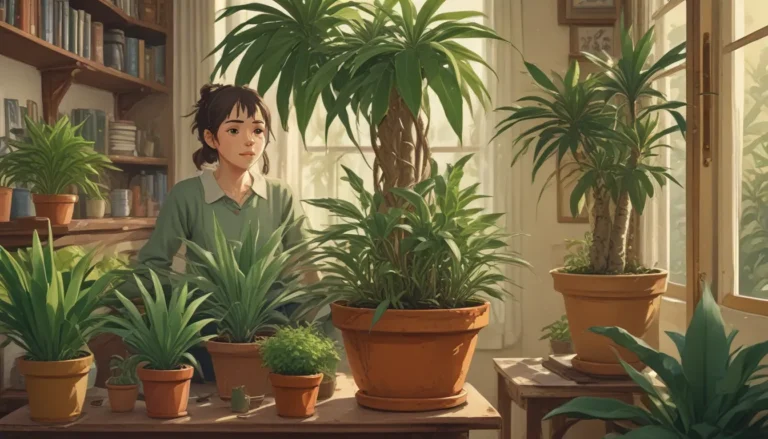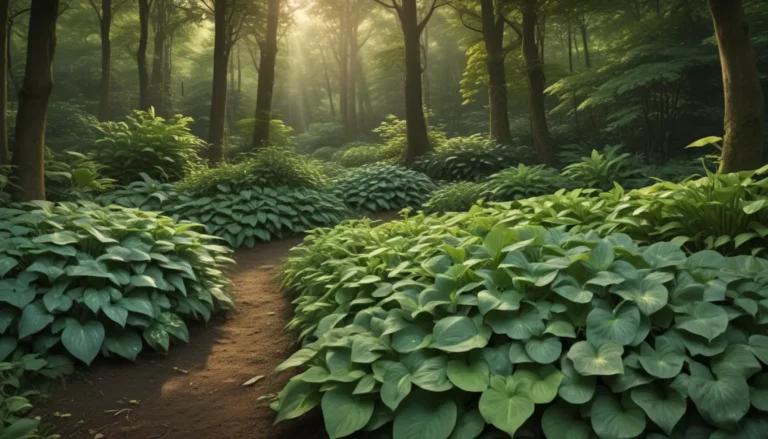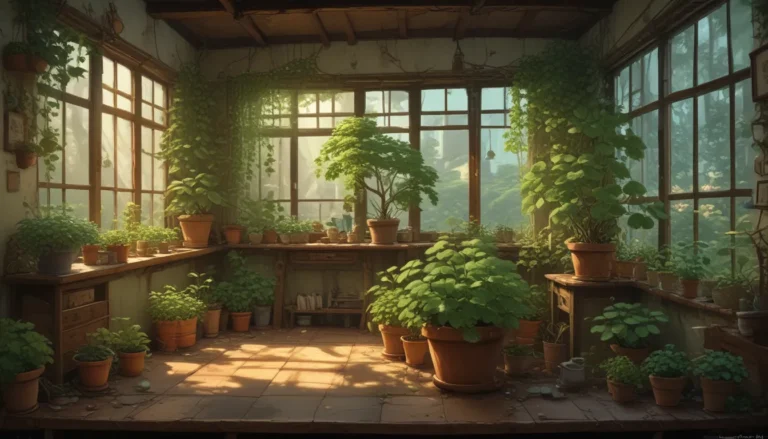The Ultimate Guide to Growing and Caring for Camassia (Wild Hyacinth)

Camassia spp., also known as wild hyacinth, are a stunning addition to any garden or landscape. These bulbous plants, belonging to the Asparagaceae family, bear a striking resemblance to lilies with their long, slender, strap-shaped leaves and delicate, six-petalled blooms.
Native to Western North America, Camassia species are prized for their tall flower spikes and vibrant flowers that come in various shades of pink, white, blue, and even variegated foliage. Despite their beauty, these bulbs are relatively underutilized in landscaping compared to more common European spring bulbs.
In this comprehensive guide, we will delve into the cultivation and history of Camassia, explore different propagation methods, learn how to grow and care for these plants, discover the best cultivars to select, manage pests and diseases, and explore the best uses for Camassia in your garden.
Cultivation and History
Camassia bulbs have a rich history beyond their aesthetic appeal. Indigenous American groups across North America have long relied on these bulbs as a food staple. Lewis and Clark documented how the Nez Perce tribe of Idaho fed them bison and wild hyacinth roots during their famous expedition.
These bulbs were traditionally used in ceremonies and as gifts due to their sweet fructose content when cooked slowly. Camas bulbs were essential for the dietary and cultural practices of Native American communities, and they were often harvested during large group gatherings.
In modern times, Camassia bulbs face threats from habitat loss, alterations in wildfire regimes, and competition from invasive species. Planting native species like Camas in gardens can contribute to preserving these plants in the evolving landscape.
Camassia Propagation
From Seed
- Collect seeds from mature Camassia plants after flowering.
- Allow seeds to undergo cold stratification in the fridge for 90 days.
- Plant seeds in a seedling flat or pot with damp soil and provide spring-like temperatures for germination.
Dividing Offsets
- Separate and transplant offsets, or baby bulbs, from existing Camassia clumps.
- Plant offsets in suitable, well-draining locations with similar conditions to their parent plants.
Transplanting Potted Plants
- Purchase potted Camassia plants for immediate planting.
- Choose a sunny to partially shaded site with rich, moist soil for potted plants.
From Bulbs
- Plant Camassia bulbs in the fall at twice their depth, with the pointy side facing up.
- Ensure bulbs are planted in organically-rich, moist soil for optimal growth.
How to Grow Camassia
- Plant Camassia bulbs in organically-rich, slightly acidic soil with adequate moisture.
- Ensure bulbs receive full sun to partial shade and consistent watering during the growing season.
- Apply a top dressing of compost in spring and fall to improve soil quality.
- Allow the soil to dry out slightly when bulbs go dormant in late summer.
Growing Tips
- Plant Camassia in rich, moist soils for optimal growth.
- Choose a sunny to partially shaded site for planting.
- Water regularly during dry periods to maintain soil moisture.
- Apply compost top dressing in spring and fall for enhanced soil nutrition.
Pruning and Maintenance
- Camassia plants are low maintenance but require consistent watering during the growing season.
- Remove yellowing leaves in late summer but leave green foliage to support bulb development.
- Divide mature bulb clumps in fall if desired, but natural spreading will occur over time.
Camassia Cultivars to Select
- Blue Heaven: A C. leichtlinii cultivar with pastel blue flowers.
- Blue Melody: A C. quamash cultivar with dark blue flowers.
- Pink Star: A C. leichtlinii cultivar with pale pink blooms.
- Sacajawea: A white-flowering C. leichtlinii cultivar with variegated leaves.
Managing Pests and Disease
- Camassia bulbs are relatively pest and disease-free.
- Herbivores like moose and deer may graze on Camassia plants, but damage is minimal.
- Waterlogged conditions can lead to bulb rot, so ensure well-draining soil for healthy growth.
Best Uses for Camassia
- Allow Camassia to naturalize in moist areas for a stunning seasonal display.
- Plant bulbs in mass for a vibrant spring border or use cut flowers in arrangements.
- White and pink varieties work well in broad plantings, while blue species are ideal for naturalization.
Camassia bulbs are a unique addition to any garden, offering a blend of beauty and historical significance. By following the tips and techniques outlined in this guide, you can successfully grow and care for Camassia plants in your own landscape. Whether you’re a novice gardener or a seasoned horticulturalist, incorporating these native bulbs into your garden will add color, texture, and ecological value to your outdoor space.
So, have you planted Camassia in your garden? Do you have a favorite species or cultivar? Share your experiences and insights in the comments below! Let us know how your Camassia plants are thriving and the pollinators they attract. And for more information on spring flowering bulbs, check out our related guides on landscaping with native plants.
This article is a comprehensive guide to growing and caring for Camassia plants, also known as wild hyacinth. We will explore various aspects of cultivation, propagation, care, and maintenance, providing valuable insights for gardeners of all levels. By following the tips and techniques outlined in this guide, you can successfully incorporate Camassia bulbs into your landscape, enhancing its beauty and ecological value.





